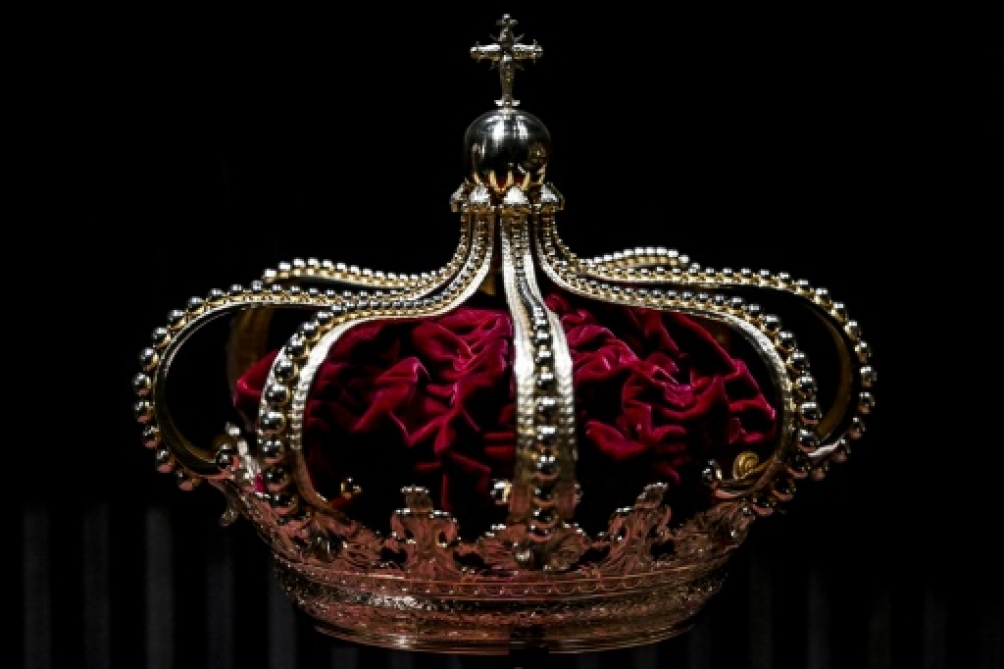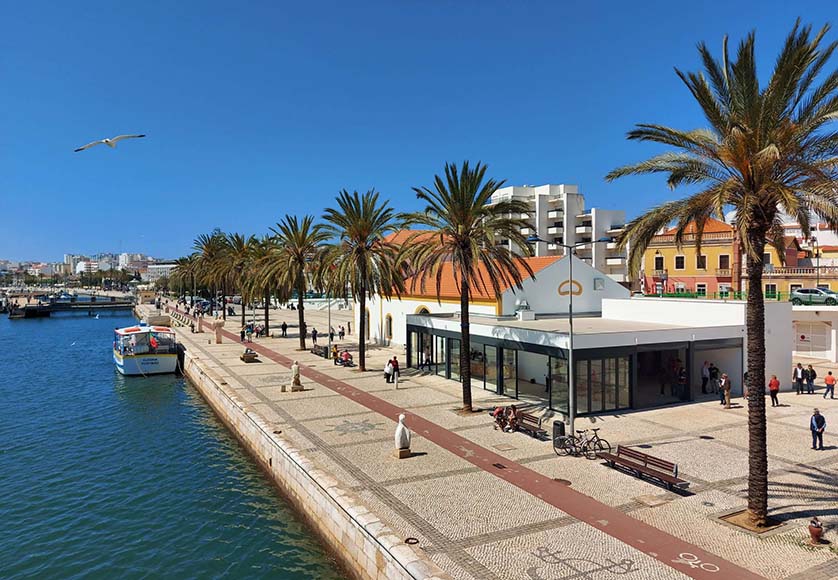
The Museum of Portugal’s Royal Treasury, a one-of-a-kind collection that has been waiting for decades to be placed, has finally found its place in Lisbon’s Ajuda Palace, a monument completed after 226 years of construction.
The museum opened its doors Thursday in the modern wing of this imposing white neoclassical building, the residence of the last Portuguese kings overlooking the tourist district of Belém.
“After the shock associated with the earthquake and tsunami of 1755, the royal family decided to settle here, away from the river and in an area less sensitive to seismic activity,” explained José Alberto Ribeiro, director of the palace and museum.
This is where the last king of the Braganza dynasty lived until the advent of the Republic in 1910
But its construction in the nineteenth century was never completed. It lacked the West Wing, which had remained unfinished for more than two centuries due to lack of funds or changes in political systems.
An investment of 31 million euros has finally made it possible to build this missing part in 2021, with a contemporary architectural structure with a planned façade, to accommodate the Museum of the Royal Treasury.
Publics flocked to the highly anticipated opening because of the size of its collection: more than 1,000 objects, sometimes shown for the first time, including in particular the Portuguese Crown Jewels and goldsmiths.
Until now, these works dating from the 17th to the 20th centuries were scattered and inaccessible to the public.
“I have been waiting for the museum to open for a very long time, because I was very interested in this treasure. I am amazed by all these pieces,” Gentil Jouveia, a 65-year-old retiree, told AFP after being impressed by one of the gems.
The avenue, which is plunged into an unpleasant darkness for some visitors, alternately shows symbols of royal power: crowns, scepters, crests and medals, but also valuable objects such as gold nuggets or diamonds from Brazil.
The value of the exhibited works, some of which exceeded one million euros, required special security measures.
José Alberto Ribeiro added, “The Ajuda Palace was the perfect place to create this museum because it already houses part of this collection (…) The whole building is designed to avoid unpleasant surprises in terms of theft or theft.”
The museum space, which is full of surveillance cameras, is organized on three floors inside a giant vault, one of the largest in the world, 40 meters long and 10 meters high. Access is via two armored doors weighing five tons each and the entire collection is protected in bulletproof showcases.
“I find that the works are well organized, for me they represent the heritage, they tell the story of Portugal,” exulted Raquel Morgado, a 36-year-old radiologist, at the end of the visit.






